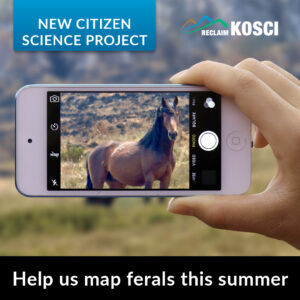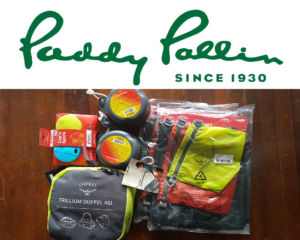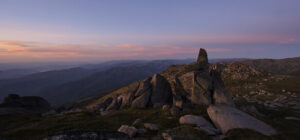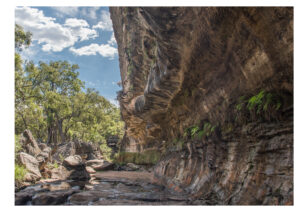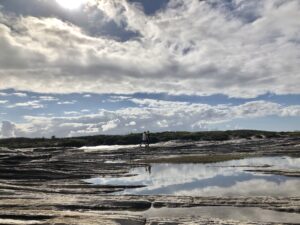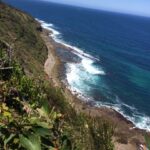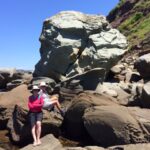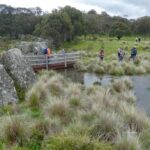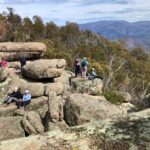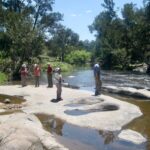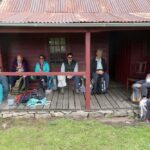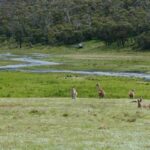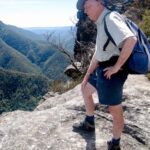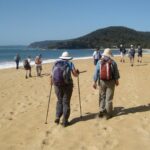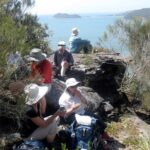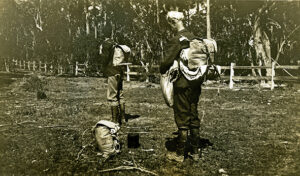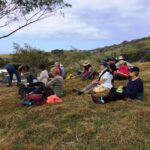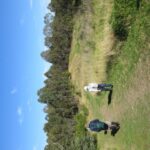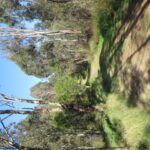As we reach the end of 2020, I am sure everyone is taking some time to reflect on the Year We Didn’t Expect! Understatement of the year! Having said that, despite everything the world has had to deal with, bushwalkers in NSW have been relatively fortunate. After the false start to the bushwalking year, and several months of restricted activities, bushwalking has taken off again. I hear that many, if not all, our clubs have been active – maybe making up for lost time, back on the bush tracks of our wonderful bushwalking State. My own club, for example, is up to its former frenetic form, and I am hard pressed to keep up with all that the members are doing. Fortunately, I am my club’s newsletter editor, so I receive reports on everything. It’s a great way to keep up to date and contribute back to the club. This is my roundabout way to encourage everyone to think about contributing to your club. I do appreciate that club committee work is not everyone’s cup of tea, but don’t forget that all our clubs (and indeed Bushwalking NSW itself) relies on volunteers. If meetings and treasury and secretarial stuff do not appeal to you, then you might find other roles – newsletter editor, social secretary, events, walks, kayaking, coordinator, etc. etc. Just check in with your club and see how you can contribute to your local bushwalking community.
This is also my roundabout way of sending out a great big Thank You to all the volunteers to run clubs, events, manage club web sites, edit newsletters, lobby, etc. etc. Our own office relies on volunteers also, and I am sure you will join me in thanking them for their quite self-less behind-the-scene work. How did this newsletter come together? Volunteer …
Many of you will now be aware that Bushwalking NSW has finally refreshed its Constitution. Yes, we have a 21st century constitution. After a bit of hard work, it is updated to better reflect the way Bushwalking NSW works, to better represent the demographics of our member clubs, and to ensure we meet legal and other statutory requirements. I send out another huge big Thank You, this time to everyone who has, over the last couple of years, engaged the Bushwalking NSW Management Committee with reviews, suggestions, arguments one way or another. It has made our job much easier to hear what the members have to say. Many thanks, also, the members of the Management Committee who have worked hard and long at finding ways to accommodate all the requirements for the new Constitution. And finally, another Thank You to everyone who attended the Special Meeting to finalise and approve the new Constitution.
I expect, however, that many of you at the Special Meeting were more interested in hearing from our guest speaker, Hugh Flowers, on how to raise $7.5m to develop a long-distance walking track. His insights into the patience and perseverance required to develop such a thing was impressive. His talk was another reminder that bush walking facilities don’t just appear out of nowhere. They require vision, hard work and effort. Hugh, your talk was an inspiration to us as Bushwalking NSW looks at its future goals. Thank You, Hugh.
Finally, might I indulge in few personal thoughts on how we present bushwalking to the broader public? Visual messaging is extremely powerful, so what we show the public about bushwalking is important if we, as I expect all clubs seeks to do, wish to maintain and grow our membership. I have just returned from a trip which included hiking in the Mt Kaputar National Park. This has to be one of NSW’s great secrets! An amazing landscape, interesting walks, high country, fascinating geology, and wonderful views. And so well managed by the local NPWS guys – well done you. But why were there not the crowds I encountered almost next door (100 km away) in the equally impressive Warrumbungles? Me thinking out loud … could it be because the latter are advertised with images of grand landscapes, huge skies, impressive peaks, expansive views? And the former by a photo of one single cliff (albeit a rather impressive one), no images of the much higher and in some ways more spectacular mountains? It got me thinking about the ways we communicate with the public about national parks, bushwalking, the great outdoors. The images we choose to share could draw people in or perhaps be less encouraging. Back to Mt Kaputar and the Warrumbungles: do I want to drive five hundred miles to explore an amazing mountain range or to visit one cliff …? Just a thought.
And with that, it, of course remains for me to wish everyone all the best for the festive season. I do hope that you are able to celebrate whichever version you choose, and that part of your celebration can be in the great outdoors. Looking forward to a wonderful 2021!
Cheers, Bill Boyd, President, Bushwalking NSW
